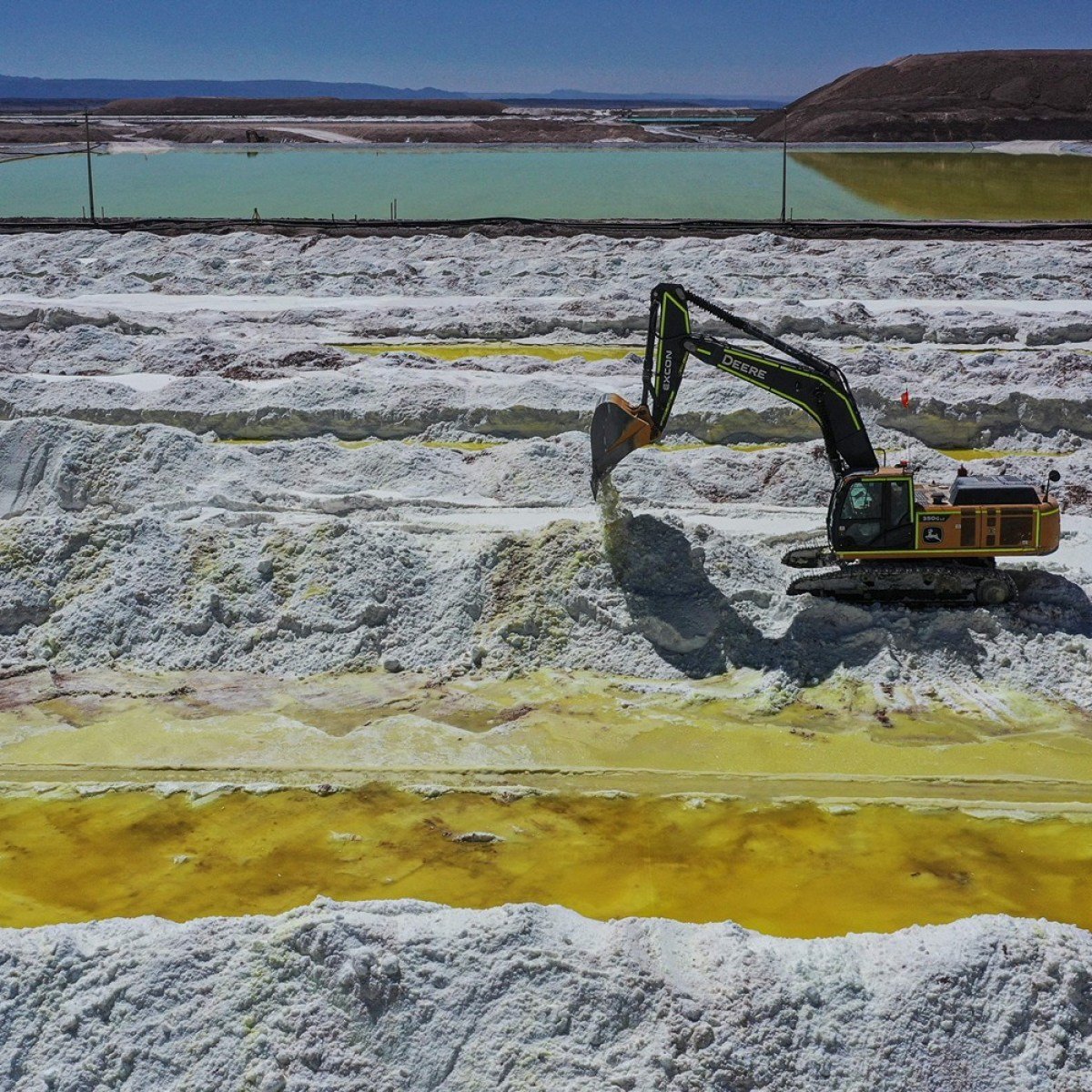n the intricate tapestry of global geopolitics, critical minerals have emerged as pivotal threads, weaving together the interests of nations and industries alike. The recent Technology Metals Report, dated March 7, 2025, sheds light on the escalating significance of these minerals in shaping a new world order.
Critical Minerals: The New Currency in Geopolitical Negotiations
The ongoing Ukraine-US-Russia peace talks and the burgeoning Canada-U.S. trade tensions have thrust critical minerals into the spotlight as strategic assets. China’s dominance in global supply chains has transformed these minerals into diplomatic bargaining chips. Notably, U.S.-Ukraine discussions have underscored the role of critical minerals in negotiations, reflecting their growing importance in international diplomacy. Experts suggest that Canada could strategically leverage its abundant critical mineral resources to gain trade concessions, thereby fostering North American independence from adversarial suppliers. This perspective aligns with the notion that control over these resources equates to geopolitical influence.
Trade Tensions: Resources as Retaliatory Tools
Amid escalating trade conflicts, Ontario Premier Doug Ford’s threat to halt nickel and electricity shipments to the U.S. signifies a bold stance in resource diplomacy. Such measures highlight the potential for critical minerals to serve as instruments of economic leverage, reflecting a shift towards resource-based retaliation in trade disputes. This development underscores the necessity for nations to reassess their dependencies and strategies concerning essential mineral supplies.
Africa’s Mineral Wealth: A Geopolitical Battleground
The Democratic Republic of Congo’s (DRC) proposal for a strategic alliance with the United States to counter Chinese dominance in its mining sector illustrates the geopolitical chess game surrounding critical minerals. By offering exclusive access to minerals such as cobalt, lithium, tantalum, and uranium in exchange for military support against a Rwanda-backed rebellion, the DRC is positioning itself as a key player in global supply chains. This move not only aims to secure U.S. economic interests but also to enhance geopolitical influence in Africa, further emphasizing the strategic value of mineral resources.
PDAC 2025: A Nexus for Investment and Collaboration
The Prospectors & Developers Association of Canada (PDAC) 2025 convention has emerged as a focal point for critical mineral investment and global industry collaboration. The event attracted significant attention from Silicon Valley investors and a younger demographic, signaling a generational shift towards prioritizing essential minerals like copper, rare earths, nickel, lithium, and graphite. Industry leaders emphasized the importance of investment-friendly policies and strategic positioning to capitalize on rising global demand. Notably, Canada’s extension of its Mineral Exploration Tax Credit reinforces its commitment to attracting sustained investment into exploration and development, underscoring the nation’s role in the global minerals landscape.
Corporate Maneuvers: Aligning with the Energy Transition
Major corporate developments reflect a strategic alignment with the global energy transition. Rio Tinto PLC’s completion of its $6.7 billion acquisition of Arcadium Lithium PLC positions the company as a leader in lithium production, a mineral critical to energy storage technologies. This acquisition aligns with Rio Tinto’s ambitious target to significantly expand lithium production by 2028. Similarly, Lithium Americas Corp.’s securing of a $250 million investment from Orion Resource Partners LP for its Thacker Pass lithium project ensures full funding for its initial construction phase, highlighting investor confidence in the sector. These moves signify a broader industry trend towards securing essential minerals to support sustainable energy solutions.
Market Volatility: Tariffs and Supply Chain Disruptions
The imposition of new U.S. tariffs has induced significant volatility in copper and aluminum markets, reflecting the sensitivity of mineral markets to geopolitical actions. These disruptions underscore the interconnectedness of trade policies and resource availability, prompting stakeholders to navigate an increasingly complex economic landscape. Such volatility necessitates adaptive strategies and heightened awareness of geopolitical developments among industry participants.
In conclusion, the escalating prominence of critical minerals in geopolitical strategies, trade negotiations, and corporate investments underscores their integral role in shaping the future economic and political landscape. As nations and companies vie for control and access, these minerals have become central to discussions on energy transition, technological advancement, and national security, heralding a new era where resource strategy is synonymous with geopolitical power.
Via. Investor News





